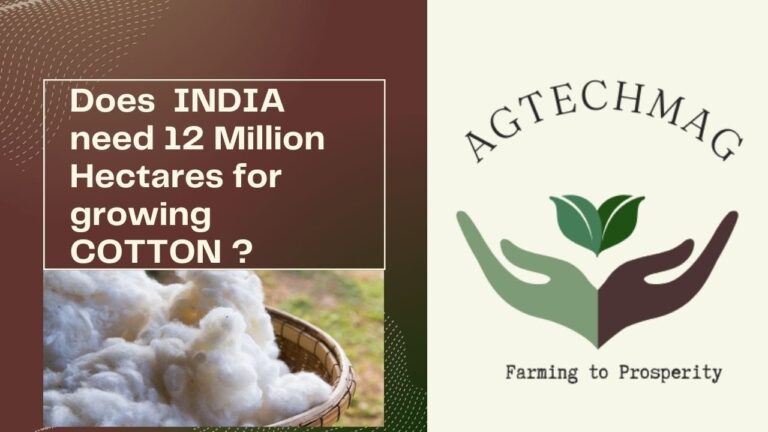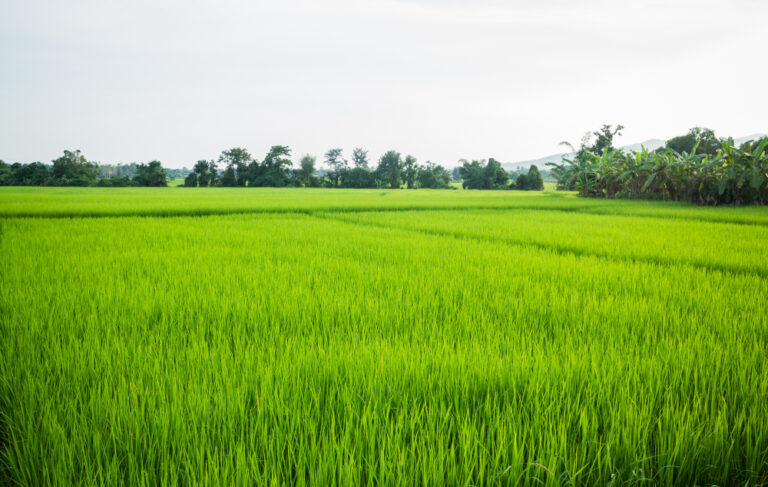Cotton, often referred to as “white gold,” is one of the most crucial cash crops globally, serving as a primary raw material for the textile industry. The quality of cotton fibers significantly impacts the end product’s quality and market value. Therefore, selecting the right cotton hybrid seeds is paramount for ensuring superior fiber quality. In this blog, we delve into why fiber quality-centric cotton hybrid seed selection is the need of the hour.
[ihc-hide-content ihc_mb_type=”show” ihc_mb_who=”2,3″ ihc_mb_template=”1″ ]
“In the fabric of the textile industry, fiber quality is the thread that binds excellence together.”
The Significance of Cotton Fiber Quality:
Cotton fiber quality is determined by various factors such as length, strength, fineness, maturity, and uniformity. These characteristics directly influence the yarn and fabric’s strength, durability, appearance, and processing efficiency. High-quality fibers result in finer, stronger yarns, leading to superior fabric with better drape, comfort, and aesthetic appeal. Additionally, quality fibers are less prone to breakage during processing, reducing production costs and enhancing overall efficiency..
The Role of Hybridization in Cotton Improvement:
Hybridization, a breeding technique that involves crossing genetically distinct parental lines, offers immense potential for cotton improvement. By carefully selecting parent lines with desirable fiber traits, breeders can develop hybrid varieties with superior fiber quality while maintaining high yield potential and pest resistance. Fiber quality-centric hybrid seed selection aims to prioritize traits such as fiber length, strength, and fineness, ensuring that the resulting cotton meets the stringent quality requirements of the textile industry.
Advantages of Fiber Quality-Centric Hybrid Seed Selection:
- Improved Marketability: Cotton with superior fiber quality commands higher prices in the market, providing growers with better returns on their investment.
- Enhanced Processing Efficiency: High-quality fibers require less processing and produce less waste during spinning and weaving, leading to cost savings for textile manufacturers.
- Increased Sustainability: By reducing resource inputs and waste generation, fiber quality-centric cotton cultivation promotes sustainable agriculture and textile production practices.
- Market Differentiation: Cotton producers and textile manufacturers can differentiate their products based on fiber quality attributes, catering to niche markets and demanding consumers.
Future Perspectives:
As consumer preferences evolve towards sustainable and high-quality textiles, the demand for premium cotton fibers is expected to rise. Fiber quality-centric hybrid seed selection represents a promising approach to meet this demand while addressing the challenges faced by the cotton industry. Continued research and investment in breeding technologies, coupled with collaboration across the cotton value chain, will be essential to realize the full potential of fiber quality-centric cotton production.
In conclusion, fiber quality-centric cotton hybrid seed selection is not just a necessity but a strategic imperative for the cotton industry. By prioritizing fiber traits that meet the stringent quality standards of the textile market, growers and manufacturers can unlock new opportunities for profitability, sustainability, and market differentiation. Embracing innovation in cotton breeding and cultivation practices will pave the way for a brighter and more prosperous future for the global cotton industry.
[/ihc-hide-content]




